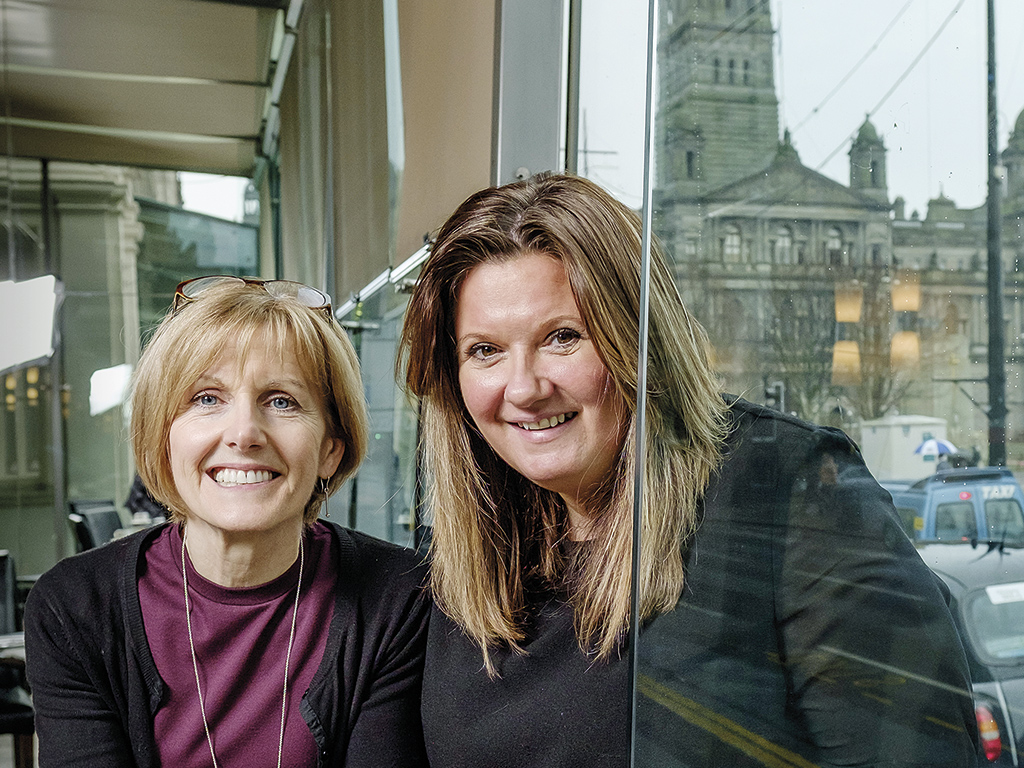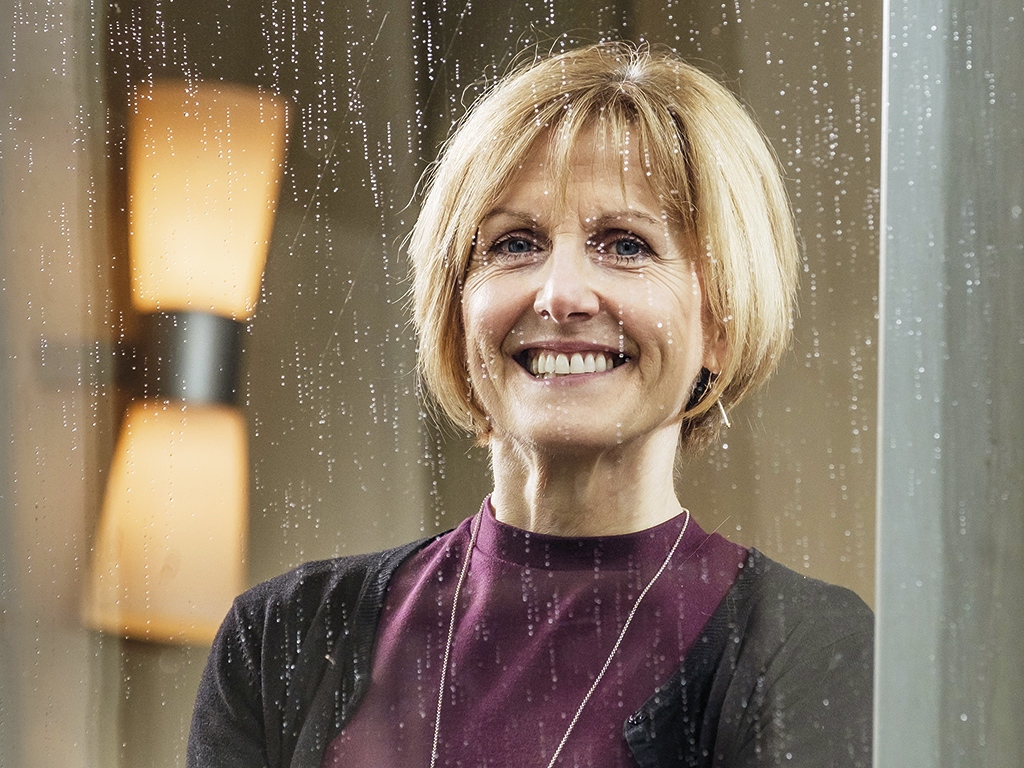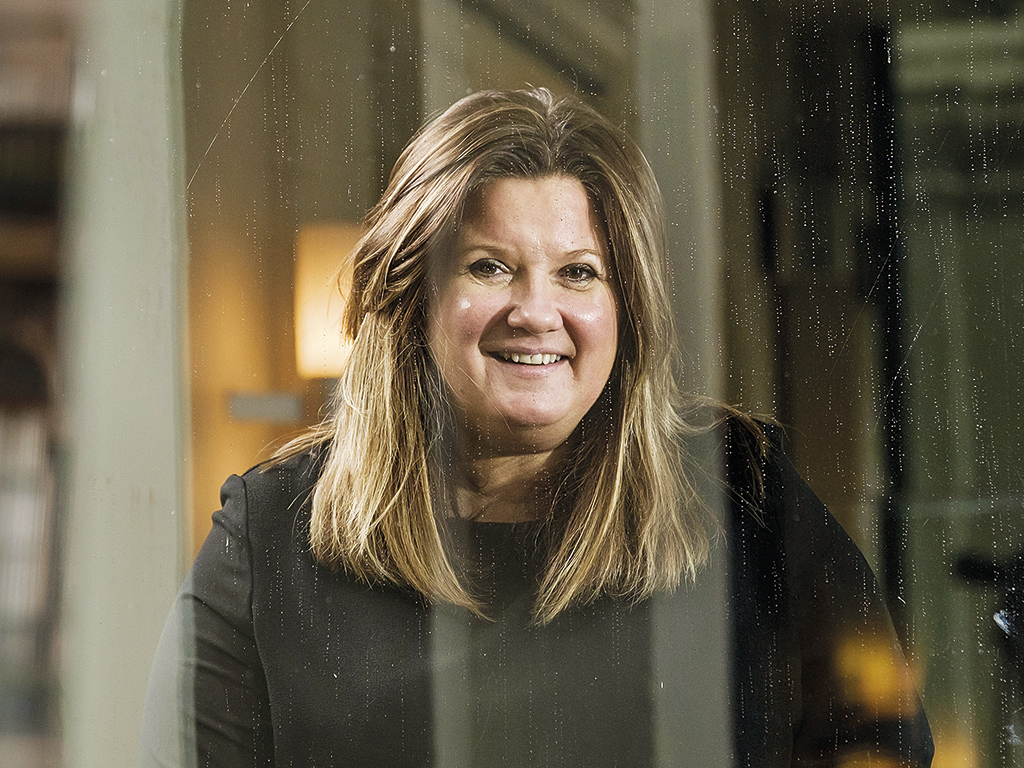Safety in the spotlight
The Scottish Patient Safety Programme is branching out into dentistry and aiming to help practices improve systems to keep dental patients free from harm
With increasing levels of bureaucracy and red tape allied to ongoing regulatory concerns and constant financial pressures, dentists in Scotland could be forgiven a certain level of scepticism when new initiatives are launched.
However, the team behind Scotland’s world-leading patient safety programme is assuring dental teams that its expansion into dentistry should not be seen as an added burden.
The Scottish Patient Safety Programme’s (SPSP) clinical lead for the dental collaborative, Irene Black, said: “We have to get the word out and explain effectively that this is not a checklist event, that’s not what it is about. This is a practice initiative for the benefit of patients and dental staff because they may well find out that there is a much more efficient way of doing something.”
And Jill Gillies, SPSP improvement advisor, supported that by saying: “I
think efficiency is the key word here. We have found with a number of the safety programmes that the safer your systems are, the more efficient they are and the more cost effective they ultimately become.”
The patient safety programme was developed as a result of the Healthcare Quality Strategy for NHSScotland 1 which set out three main ambitions: to provide safe, effective and person-centred care. The SPSP is seen as key to delivering on these aims and supports the Scottish Government’s 2020 Vision 2 to provide safe, high quality care, whatever the setting.
The SPSP, which is led and co-ordinated by Healthcare Improvement Scotland (HIS) has been running in Scotland’s acute hospitals since 2008, in which time it has produced some impressive results including significant reductions in ventilator acquired pneumonia and central line infections in critical care units in test sites throughout Scotland.
The primary care programme was initially developed in general medical practice from 2010 until 2012 and rolled out to GP practices from 2013, focusing on high-risk medicines and systems issues such as results handling and communication. In 2012, the SPSP received funding to test improvements around high-risk medicines and medicines reconciliation in community pharmacy.
For the past year, community pharmacies across Scotland have been participating in a pilot and implementing interventions around high risk medicines – the results of which could see medicines reconciliation being developed as a process within community pharmacy.
Dental prototyping
Jill explained that the next logical step in the plan had always been to move into dentistry and the first stage of “prototyping from the ground up” involved identifying potential harms in relation to dentistry. This is where Eaglesham GDP Irene Black comes in. For many readers she will be a familiar face from NHS Education For Scotland (NES), where she has been an assistant director with the remit for infection control and decontamination for the last eight years. In September she was appointed as the clinical lead for the dental collaborative on secondment from NES.
Irene explained that the first stage of identifying harms actually proved to be quite challenging. She said: “Determining the harms in dentistry was actually quite difficult. First of all, the HIS team carried out a literature search for patient safety in dentistry and, to be perfectly honest, very little came out of this search. This is because there hasn’t been a lot of work done in the field.”
Irene’s role in the scoping exercise involved looking at areas where information could be gathered from places such as defence unions, the GDC and ombudsman’s reports. She was also involved in the steering group that included dentists from different backgrounds, as well as other healthcare professionals and staff members from HIS.
Irene said: “It was really interesting because the consensus kept leading back to almost the same topics. It was basically all about high-risk medication and medical histories being accurate and up-to-date and our ability to get that information from the patient and to get it from pharmacies as well.”
A stakeholders questionnaire was also sent out which returned 777 responses. Irene continued: “It came out loud and clear that patients’ medical histories and collating and collecting the right information was a big issue for dental practice teams in relation to ensuring patient safety and quality improvement. So, for me it was reassuring that we were going in the right direction.”
And Jill agreed, saying: “I think the survey was really important. We are not sitting in a building somewhere coming up with the areas where we feel the profession should be focusing on. We’ve done the review of the literature and we’ve then gone back out to the profession with nearly a thousand GDPs responding and agreeing, or strongly agreeing, that these are the areas that we should be focusing on. And this really validates the work that has been done so far – these are important safety issues from a general dental practice perspective.”
- Irene Black is working towards improving patient safety by updating medical histories
- Jill Gillies is focused on the benefits of patient safety
Recruitment phase
Towards the end of 2015, the Scottish Government provided funding for HIS to recruit three health boards to take part in the dental pilot. The participating boards are: NHS Ayrshire and Arran, NHS Dumfries and Galloway and NHS Fife. The three boards have recruited, or are in the process of recruiting, five practices to test safety tools and interventions in a practice setting.
The health board’s clinical leads and quality improvement facilitators have already attended induction events to introduce them to the quality improvement (QI) methodology that is used across all of the safety programmes within HIS. The approach will use the Breakthrough Series collaborative model that was developed by the Institute for Healthcare Improvement in the US 3.
Jill explained: “The boards have been developing what they think the aim will be in their board to make patient care safer in relation to those high risk medicines. And part of that is having an accurate and up-to-date medical history.
“Another part of this is patients’ understanding the value of that medical history and patients’ understanding of the high-risk medicines that they are on that they should highlight to their dentist when they are going in for treatment.”
Irene explained that one of her main focuses from now on will be to frame the QI methodology in a dental setting. She said: “One of the main reasons I am here is really to contextualise it. This is brand new to dentistry, we are quite late to the table.
“The quality improvement methodology is completely new and dentists won’t have done things like this before. I have absolutely no doubt about that.
“It is really important that we get a good group together and for the boards to facilitate it really well and get it into context. And that’s my role essentially.”
World first
Irene and Jill anticipate that there is likely to be significant international interest in the collaboration as this is something that has never been done before. Irene said: “As far as we know, there is certainly no literature about this out there just now. So, in dentistry, this is a first, absolutely.”
And Jill said: “I would anticipate that there would be that international interest in what we are doing. This is the first time that we have made other people aware and we are trying to raise the profile of the work. So it will be interesting to see what comes on the back of this, in relation to people being aware that this is currently happening in Scottish dental practices.”
Another first for dentistry, Jill explained, is the introduction of a Safety Climate Survey to enable every member of the dental team to provide a snapshot of the perception of safety within the practice. Jill said: “We don’t underestimate the challenge in doing this and that some challenging conversations may arise from this. However, we have a number of tools in place and we would offer external facilitation for those potentially difficult conversations that getting this kind of survey back might entail.”
Jill explained that the survey highlights perceptions of communication with the practice and that these might be different for clinical and non-clinical staff members. She said that it is important to support some of these discussions. She said: “If we want to have a real focus on patient safety, every member of that general dental practice team has to be aware of that and understand their role in relation to patient safety and that it is part of everybody’s role.”
Learning curve
One of the main areas of learning from the GP and community pharmacy work that has already been carried out centred around keeping the focus on what improvements can be made in practice and not in other areas of the system.
Irene said: “It has to be in context and it has to be in the confines and limitations of the contract that we have currently, we are not going to change that. So changes have to be small steps, these have to be practical and we have to be valuable.
We have to be valuable for the practice and the patients at the end of the day. They all have to be workable.”
Jill explained that, as the pilot goes on, things may well change and that what is eventually rolled out to the whole profession might look quite different to what is planned just now. She said: “I think for us, we have identified these areas and it is important that we focus just on these within the pilot because we are prototyping and we won’t be precious – some things won’t work and we will need to acknowledge that these weren’t the right measures or this wasn’t the right area.
“This is the beauty of doing this small scale testing – we have not invested hugely, both time and money. We will learn from that but we will also look at other tools in terms of being able to understand what is below the iceberg.”
What next?
The initial pilot will run until December and after then, Jill said, it could be an incremental roll out to four of five health boards initially and then building up over the following two years.
As the pilot progresses, Irene and Jill are keen to make sure that the profession doesn’t see this as an additional burden – it is intended to simplify as well as make systems safer. Jill said: “I think that’s why there is so much flexibility in the methodology that we use. It is about taking the intervention and implementing it to your context, so that it works and it can be embedded in your everyday practice and it isn’t an additional burden.”
Irene said: “So it’s not about what you have to do or how you must do it. It’s not about that. This is going to require a bit of thinking out of the box to a certain extent to enable people to do that. It’s part of what you do every day and it fits in to the system that you have got already.
“I know that there are things that dentists don’t particularly enjoy doing, around audit for example. It’s not their favourite thing. Audit still has a place but, if dental teams were able to adopt these methods as alternative improvement tools this would be positive step forward. These newer methods have the potential to become the ‘go to’ tool for improvement, providing benefits for both patients and dental teams.”
To find out more, visit scottishpatientsafetyprogramme.scot.nhs.uk



Comments are closed here.